Theories
Community-Based Participatory Action Research
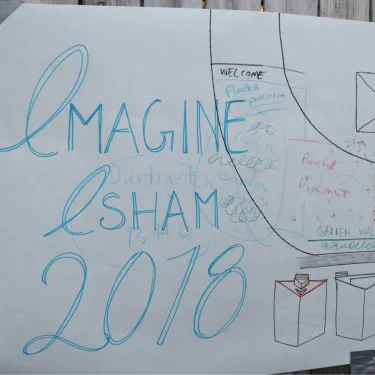
We use Community-Based Participatory Action Research (CBPAR) to inform our work. It is our belief that by engaging with the collective genius of all of our community members (especially those from historically marginalized populations) we better serve our whole community. Here, residents of Isham Street worked together to map what they would like their street to look like in 4 years time.
Restorative Practices
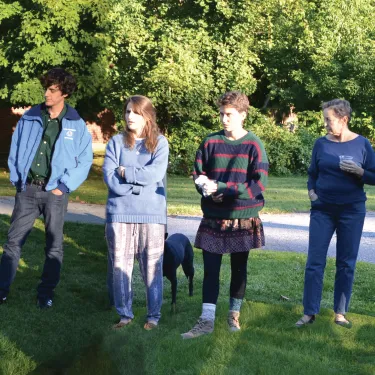
In its most basic terms, we apply Restorative Practices (RP) by doing things “with” people - not “to” or “for” them. We use opening and closing circles at every meeting and event in order to build stronger relationships with partners - as shown in this photo, as residents of Flecther Place meet and get to know one another in an opening circle at their annual block party. When harm is done, we seek to repair the harm and rebuild trust by centering the experience of the person that was harmed. For more information on Restorative Practices, visit iirp.edu.
Crime Prevention Through Environmental Design and Collective Efficacy
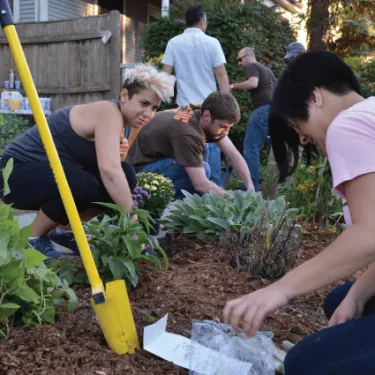
We believe that taking care of our environment, both built and natural, is really taking caring of ourselves. We use the theory of Crime Prevention Through Environmental Design 2.0 with a focus on Collective Efficacy to do this. This ties in with both CBPAR and RP, which teaches us that the collective work of individuals in the context of a supportive community, will have the capacity to solve their own problems. When our environments are cared for, they are beautiful. With a sustainable environment, we feel better socially, mentally, and physically; especially when we work in nature.
Social Justice
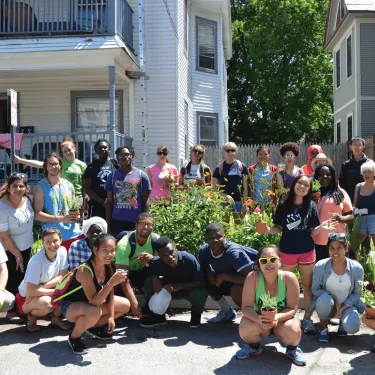
As part of UVM’s Division of Student Affairs, we have committed ourselves to bringing a social justice lens to everything we do. That means that we put resources into helping our staff gain cultural competency and a deeper understanding of social justice. This includes professional development opportunities both on- and off-campus. Monthly discussions on a variety of topics and action plans focused on constantly improving our programs to ensure ever-increasing diversity and inclusion.
Results Based Accountability
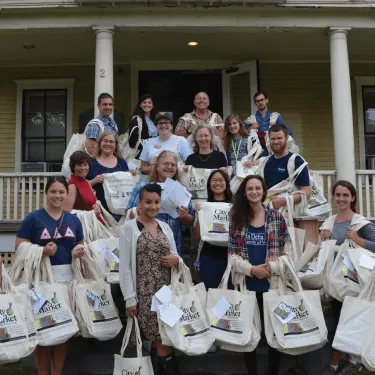
As an assessment tool, Results-Based Accountability asks us not only what we do and how much we do, but also who is better off because of our work. We measure our outcomes not by the goals we set ourselves, but by the positive outcomes we measure in our community.